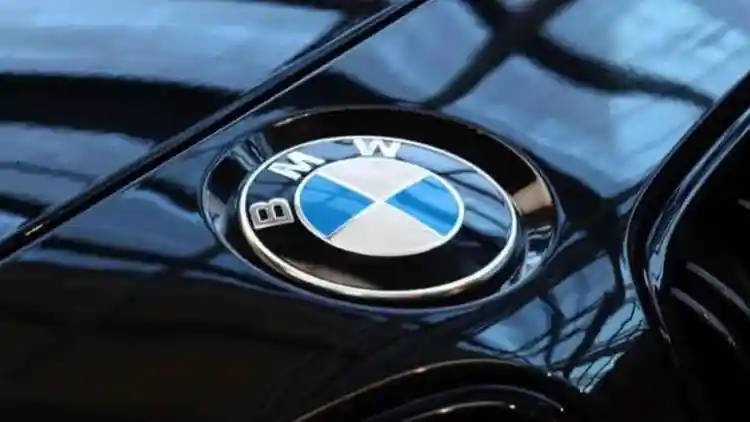- How Does LiDAR Work?
- How Does Radar Work?
- Key Differences Between LiDAR and Radar
Most of us have heard about LiDAR and Radar technologies, but not everyone knows the differences in their uses and features.
LiDAR (Light Detection and Ranging) and Radar (Radio Detection and Ranging) are among the most prominent remote sensing technologies used in various applications such as autonomous vehicles, weather monitoring, and geographic surveying. While both aim to detect objects and measure distances, they operate differently and serve distinct purposes.
How Does LiDAR Work?
LiDAR sends out laser pulses and measures the time it takes for them to return after bouncing off objects. This technology is highly accurate in creating detailed 3D maps of the surrounding environment, capable of identifying minute details like wires or small terrain features.
Accuracy: LiDAR can achieve centimeter-level accuracy at distances up to 100 meters.
Common Uses: It's used in self-driving cars, civil engineering, archaeology, forestry, and for creating high-resolution 3D maps.

How Does Radar Work?
Radar, on the other hand, sends radio waves and measures the time it takes for them to return. This technology is effective in challenging weather conditions like fog or rain.
Accuracy: Radar is less precise compared to LiDAR, usually accurate to within several meters at similar distances.
Common Uses: Widely used in aviation (collision avoidance systems), maritime navigation, weather forecasting, and military surveillance.

Key Differences Between LiDAR and Radar
LiDAR | Radar |
|---|---|
Laser pulses (nanometer wavelengths) | Radio waves (millimeter to meter wavelengths) |
Very high accuracy (centimeters) | Lower accuracy (several meters) |
Affected by fog and rain | Performs well in all weather conditions |
Effective up to 200 meters | Can exceed 250 meters |
Relatively high cost | More cost-effective |
When considering their importance in the automotive world, LiDAR is fundamental for enhancing safety features, enabling autonomous driving, and improving vehicle efficiency.
Advanced Driver Assistance Systems (ADAS)
LiDAR is used for features like lane departure warning, blind spot detection, adaptive cruise control, enhancing driving safety and reducing accidents.
Autonomous Vehicles
LiDAR is a key technology in self-driving cars as it allows for precise 3D mapping, obstacle detection, pedestrian identification, and dynamic route planning.
Real-time Risk Analysis
It helps vehicles recognize traffic signs, road markings, and obstacles even under poor visibility conditions.
Sensor Integration
LiDAR works alongside cameras and radar to provide comprehensive data that enhances autonomous driving decisions and safety systems.
Radar technology also plays a crucial role similar to RIDAR concerning safety enhancements and developing autonomous systems. Key applications include:
Collision Avoidance Systems: Detects vehicles or pedestrians in a car's path activating automatic braking when danger is imminent.
Adaptive Cruise Control: Maintains a safe distance from vehicles ahead by adjusting speed automatically.
Blind Spot Monitoring: Alerts drivers about vehicles in non-visible areas during lane changes.
Support for Autonomous Driving Systems: Integrates with cameras and LiDAR to create precise 3D road maps.
Looking ahead, car manufacturers may integrate radar with AI to analyze data more rapidly and improve pedestrian detection accuracy even in crowded areas.













